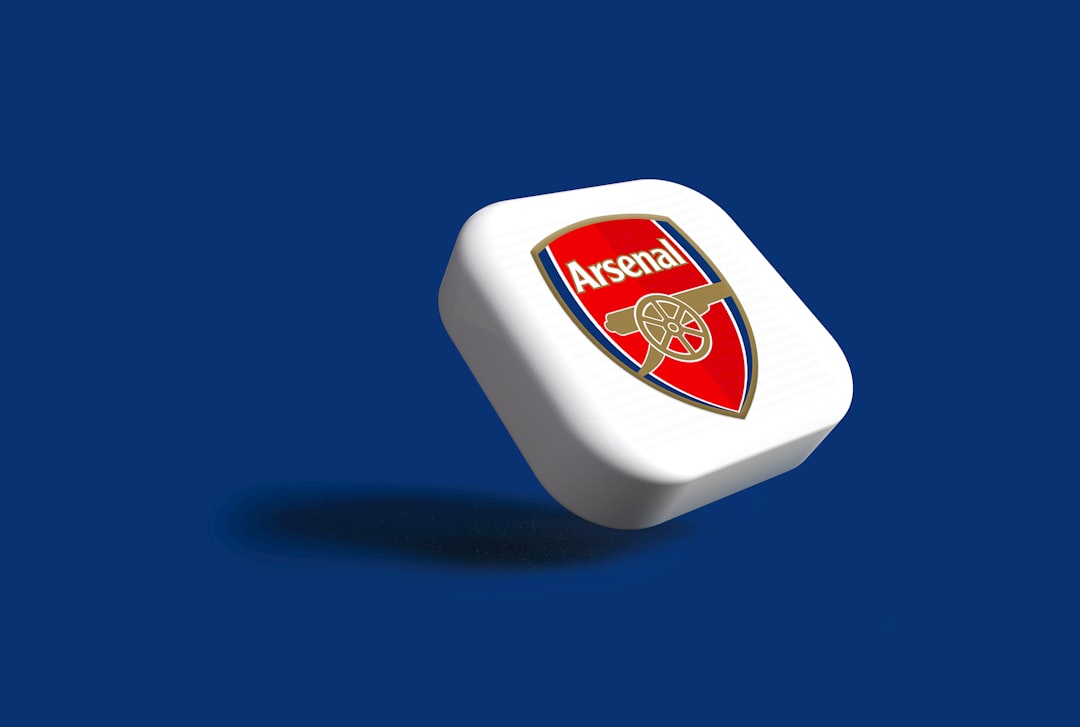The Intersection of Elegance and Eco-Friendliness in Contemporary Design
The evolving landscape of modern design is witnessing a remarkable fusion of sustainability and luxury, a trend that is reshaping the industry’s priorities and consumer expectations. This convergence highlights a growing recognition of environmental concerns alongside a continued demand for high-end, luxurious products and experiences. The following sections delve into how this integration is manifesting across various design sectors, from architecture to fashion, and what it signifies for the future.
The Philosophical Shift: Redefining Luxury
The New Definition of Value
Luxury traditionally symbolized exclusivity, premium materials, and meticulous craftsmanship. Today, these elements are being recalibrated to include ethical production, resource conservation, and long-term environmental impact. This shift is driven by a more conscientious consumer base that values sustainability as an integral component of luxury. The modern connoisseur seeks items that not only denote status but also demonstrate a commitment to preserving the planet.
Sustainable Practices as a Luxury Standard
High-end brands across industries are now embracing green methods as intrinsic to their luxury credentials. Incorporating sustainable practices is no longer just a marketing tool but a foundational feature that enhances the brand value and consumer loyalty. This involves using renewable materials, adopting energy-efficient processes, and ensuring fair labor practices.
Architectural Innovations: Building the Future
Green Building Materials and Technologies
In architecture, luxury is manifesting through innovative uses of sustainable materials and cutting-edge technologies. Architects are increasingly using biodegradable materials, reclaimed wood, and recycled steel to create structures that are both luxurious and environmentally friendly. Moreover, smart technologies for energy efficiency and water conservation are becoming standard in high-end buildings, aligning luxury with sustainability.
Designing with Nature
Luxury architecture now often incorporates the natural environment into the design, creating spaces that blend seamlessly with their surroundings. This approach not only minimizes environmental impact but also enhances the aesthetic and experiential quality of the buildings. Features like green roofs, living walls, and extensive use of glass to bring in natural light are prominent in luxury designs, emphasizing a holistic and sustainable approach to opulence.
Fashion Forward: Eco-Luxury on the Catwalk
Sustainable Fabrics and Dyes
The fashion industry, traditionally criticized for its environmental footprint, is undergoing a transformation. Luxury fashion houses are increasingly turning to eco-friendly materials such as organic cotton, bamboo fibers, and leather alternatives made from mushrooms or pineapple leaves. These materials are not only sustainable but also offer new textures and styles for designers to explore. Additionally, the use of natural dyes and reduced water consumption in production processes is setting new standards in the luxury apparel market.
Circular Fashion Models
High-end fashion brands are also pioneering the adoption of circular economy models. This involves designing products with their end-of-life in mind, focusing on recyclability and reusability. Luxury is no longer just about newness; it’s about creating timeless pieces that can be repaired, recycled, or upcycled. This shift not only reduces waste but also aligns with the growing consumer desire for sustainability in their purchases.
Tech-Driven Sustainable Luxuries
Innovations in Mobility
The automotive industry exemplifies the fusion of luxury and sustainability with the rise of electric vehicles (EVs) designed with high-end finishes and advanced technologies. Brands like Tesla have shown that eco-friendly vehicles can also be symbols of status and prestige, offering cutting-edge design and superior performance.
Smart Home Gadgets
In the realm of home decor, luxury now means smart, sustainable gadgets that enhance living spaces while minimizing ecological footprints. From energy-efficient smart lighting systems to advanced water-saving kitchen technologies, these products combine functionality with a sleek, modern aesthetic.
The Consumer’s Role: Driving Change through Demand
Awareness and Advocacy
As consumers become more aware of environmental issues, they are using their purchasing power to advocate for change. This demand encourages brands to prioritize sustainability and integrate it into their luxury offerings, leading to more innovative and environmentally conscious products across the market.
The Premium of Transparency
Consumers now expect transparency in how products are made and the impact they have on the environment. This has prompted companies to not only adopt more sustainable practices but also to be more open about their supply chains and production methods.
Conclusion: A Seamless Blend
The fusion of sustainability and luxury in modern design trends is not just a passing phase but a profound evolution of the industry. As environmental considerations become as important as aesthetics and quality, the definition of luxury continues to evolve. This integration promises a future where luxury and sustainability are not just compatible, but complementary, driving forward a new era of conscious, consciential design.







